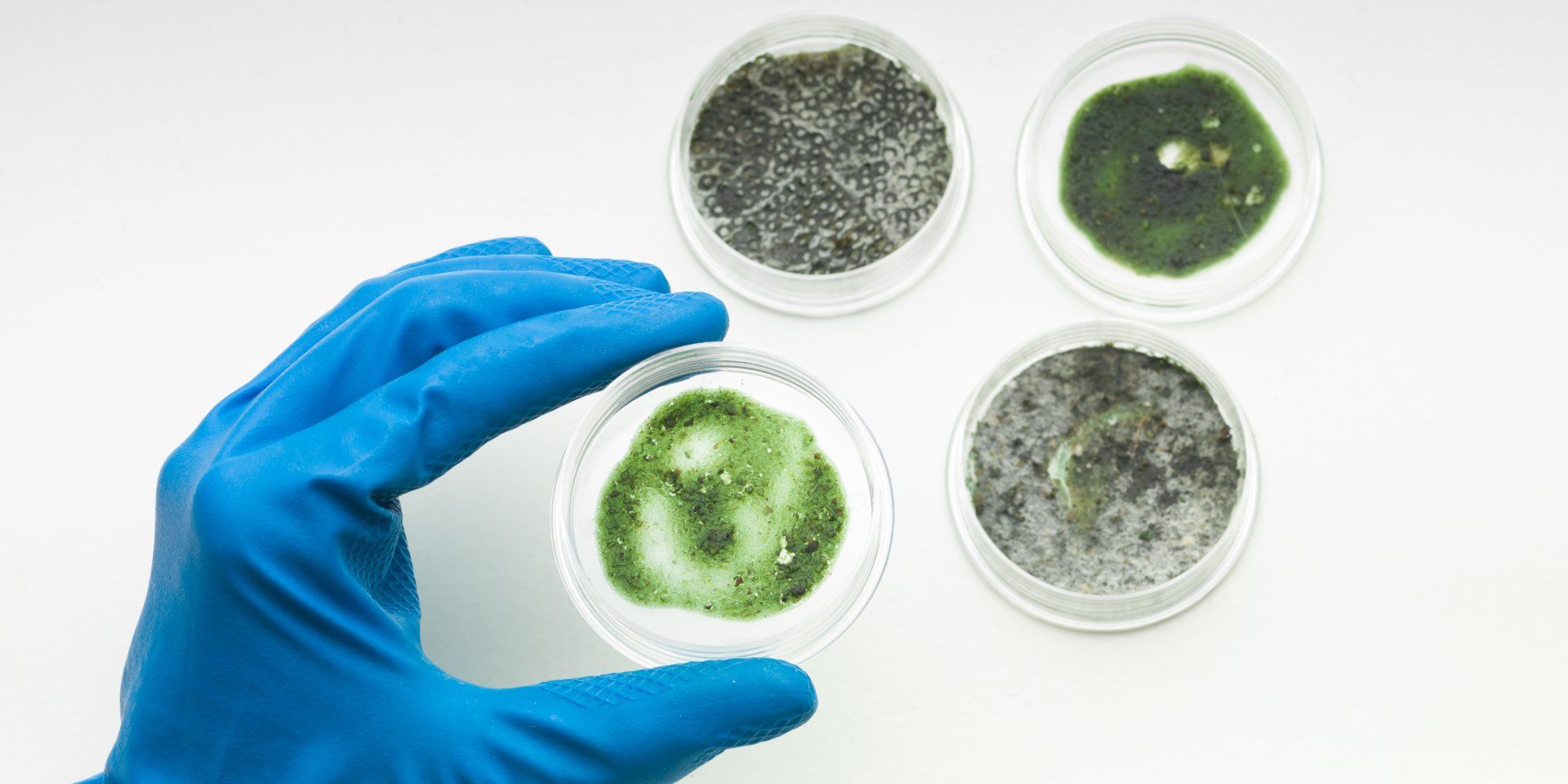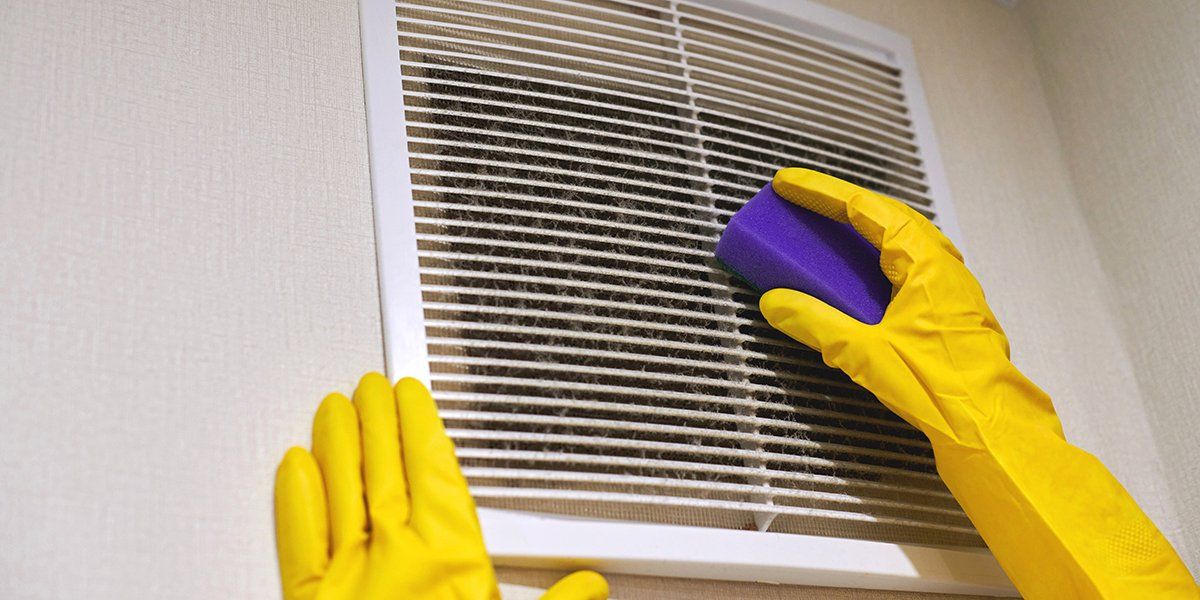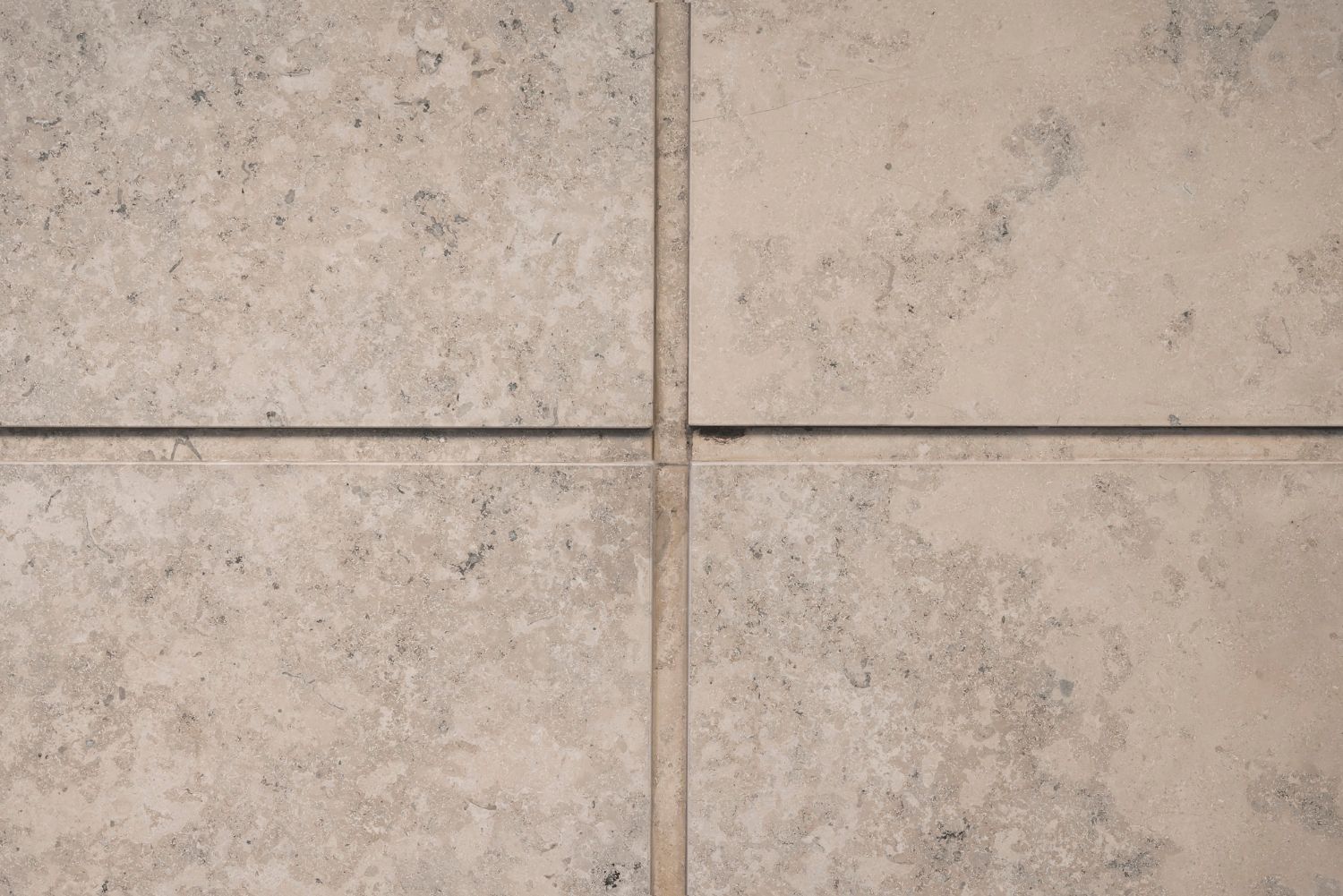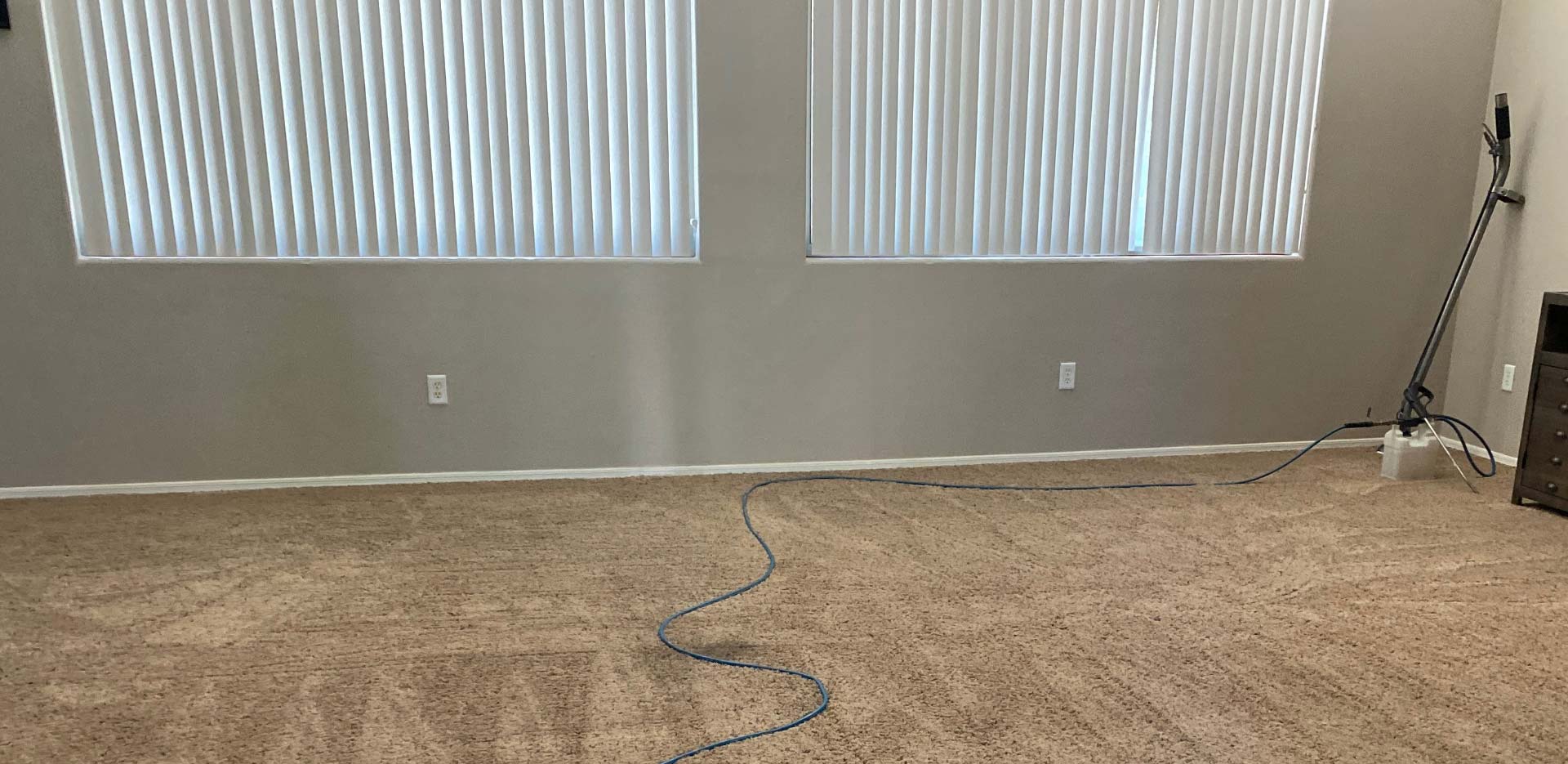Steam Smart Pro Carpet Duct & Tile Cleaning
9 Types of Mold Found on Air Ducts

Are you looking for a world-class air duct cleaning company to rid your home of mold, dust, and other particles? Call Steam Smart Pro at (520) 416-4308 today.
The air ducts in your home deliver conditioned air to the various rooms throughout your home. However, the warmth and humidity in the ducts make them breeding grounds for various microbes, including mold, fungi, and bacteria.
Mold harms human health and can cause property damage if left unchecked. As Tucson's air duct cleaning experts, we know all types of mold you can find in air ducts, and we know how to remove all of them.
This article will cover the nine types of mold you can find in your home's air ducts.
1. Chaetomium
Chaetomium is cotton-like in texture. It typically presents with a brownish hue, but its color can change over time. It's another type of mold that requires expert identification.
This mold is dangerous because it can produce mycotoxins known to cause skin and nail fungal infections in humans. You can also expect to find it in water-damaged buildings or those with leaky HVAC systems.
2. Aspergillus
Aspergillus is another type of allergenic mold. It's harder to differentiate from others because it can take on various colors and forms. However, you will likely find green, yellow, or white Aspergillus anywhere it's thriving.
This mold can cause chest and joint pain, shortness of breath, fever, and chills. It can also cause headaches and eye irritation.
3. Acremonium
Acremonium is one of the most common types of mold found in air ducts. It looks similar to white talcum powder but a little lighter.
This mold will rarely cause ill health in humans on its own. However, it can cause allergic reactions if it mixes with other mold types. It can also lead to pneumonia, subcutaneous infection, and endocarditis.
4. Alternaria
Alternaria is the number-one type of allergenic mold. It can trigger symptoms in people living with allergies.
The presence of Alternaria in your air ducts can also lead to asthma. You can identify Alternaria by its greenish or brownish color and velvet-like texture.
You may find this mold in your air ducts if you have water leaks or a high level of condensation in the ducts.
5. Stachybotrys
Stachybotrys is the dreaded black mold. Many property owners fear it, thanks to many (largely unfounded) claims about the mold's toxicity. Some of the common symptoms of Stachybotrys infection include:
- Coughing and wheezing
- Dyspnea
- Chest tightness
- Nasal irritation
- Burning and congestion
- Headaches
- Mental fatigue
- Lightheadedness
It's easy to spot black mold because it lives up to its name by appearing black. It can also take a dark green color in some places.
Although Stachybotrys isn't as dangerous as some might claim, it still requires urgent removal if you spot them in your air ducts. Any combination of the symptoms of Stachybotrys infection can lead to hospital stays.
6. Fusarium
Also known as soil mold, Fusarium is a mold you can expect to find outside your home in most cases. However, it can grow indoors if you have an HVAC leak or any form of water damage.
It can be tricky to identify as it takes on different colors, such as brown, yellow, or white. It also comes in varying textures and consistencies.
Fusarium doesn't trigger allergic reactions or cause health issues as much as the more allergenic options. It only affects severely immunocompromised individuals.
Act quickly to destroy a Fusarium colony if you're growing a garden indoors. It is harmful to plants.
7. Trichoderma
You'll find this gray, white, or greenish-colored mold anywhere with a steady supply of moisture. The airborne moisture from air conditioners is usually enough to encourage the growth of these organisms in your air duct.
8. Ulocladium
Ulocladium is a rare type of mold compared to the others on this list. It has a wool, suede, or cotton-like appearance and can be gray or brown.
This type of mold can adversely affect respiratory health. It can also make a formerly healthy individual immunocompromised.
Ulocladium is very hard to eliminate once it takes root in a space. You should act quickly after you spot it inside your home to keep it from spreading.
9. Mucor
Mucor is a type of toxic mold you should never allow to take root in your home. It is highly harmful to humans, causing various respiratory and skin problems.
The type of symptoms you'll feel depends on where the spores land. You're likely to find Mucor in air vents and air conditioners.
What to Do When You Suspect Mold Growth in Your Air Ducts
Now you know the different types of mold, it may be easier for you to determine when you have mold growth in your ducts. Here's what you should do once you suspect mold growth:
- Stop using the HVAC system. Running the HVAC system when there is an active mold colony in your air ducts will only spread the spores around the home and worsen any health issues.
- Call an air duct cleaning company experienced in mold removal. While there are many DIY tutorials on air duct mold removal on the web, it's dangerous to handle mold cleaning without the right training. Call a professional company to deal with the problem.
After eliminating the mold, don't forget to take steps to avoid a re-infestation. Controlling humidity and cleaning your air ducts regularly will keep all kinds of mold from returning.
Keep Your Air Ducts Clean
The best way to prevent the growth and spread of mold across your home is to work with a dependable air duct cleaning company like Steam Smart Pro. We can quickly identify all types of mold in the Tucson, AZ area, including rare variants.
Once we identify the mold type, we'll devise a failproof plan to eradicate it and keep it from returning. Contact Steam Smart Pro today at (520) 416-4308 to discuss how to clean your moldy, dirty air ducts.
Author Bio:
Eric Bullard
The owner of Steam Smart Pro in Tucson, AZ, brings over 20 years of invaluable experience in the field of carpet, tile, and air duct cleaning. With a strong dedication to quality and a deep understanding of effective cleaning techniques, Eric consistently delivers outstanding results to his satisfied residential and commercial clients.
Our Recent Post



